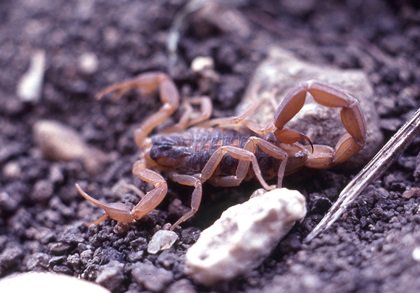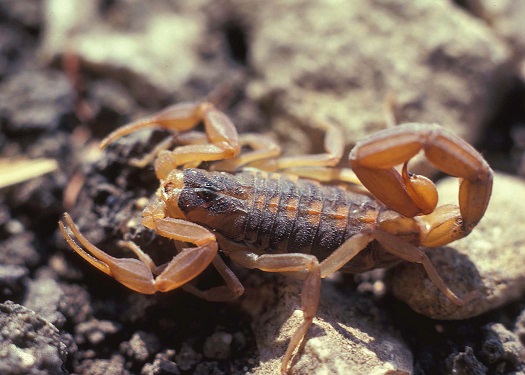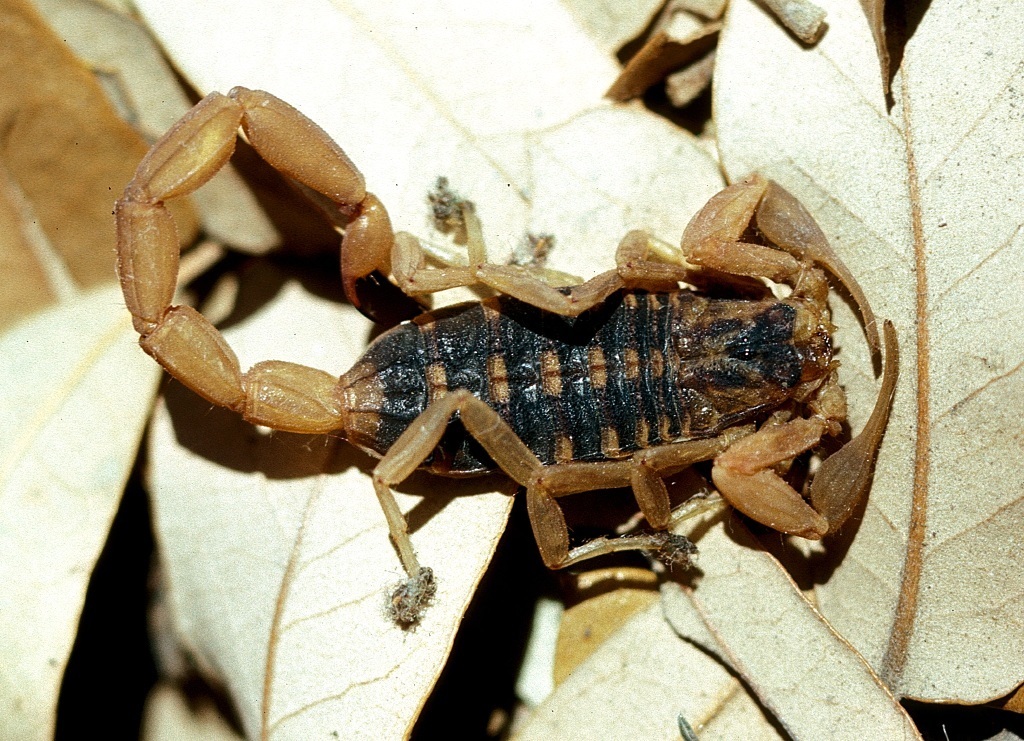Scorpions are Beneficial, Just not in the House
Thursday, August 11th, 2016This is Passport to Texas
Texas boasts a fair number of scorpion species.
There are about 18 species in Texas. Depending on where you’re at—you may have more or less.
Ben Hutchins is an invertebrate biologist at Texas Parks and Wildlife.
In all of Texas, we don’t have scorpions that are considered life threatening. As with any animal that has venom, there’s always the possibility of an allergic reaction.
To healthy non-allergic people a scorpion sting may simply cause short-term discomfort. In nature, scorpions are highly beneficial.
Scorpions are predators, and so they feed on a variety of potential pest organisms. Some scorpions also feed on other scorpions, so they do have an important role in the environment potentially controlling pest populations…insects…spiders…other arachnids. There’s also potential medical utility for scorpions as well—using venom to treat medical conditions.
Therefore, if a scorpion inadvertently wanders into your home some evening while foraging…
There’s really no cause for alarm. What I usually do is use a cup [and place it over the scorpion and use a] piece of paper that you kind of slide under there to pick up the scorpion. And then you can just remove it and put it in an area where it can do its business.
That’s our show…For Texas Parks and Wildlife, I’m Cecilia Nasti.





 Passport to Texas is a
Passport to Texas is a  Passport to Texas is made available by:
Passport to Texas is made available by: